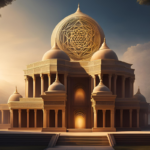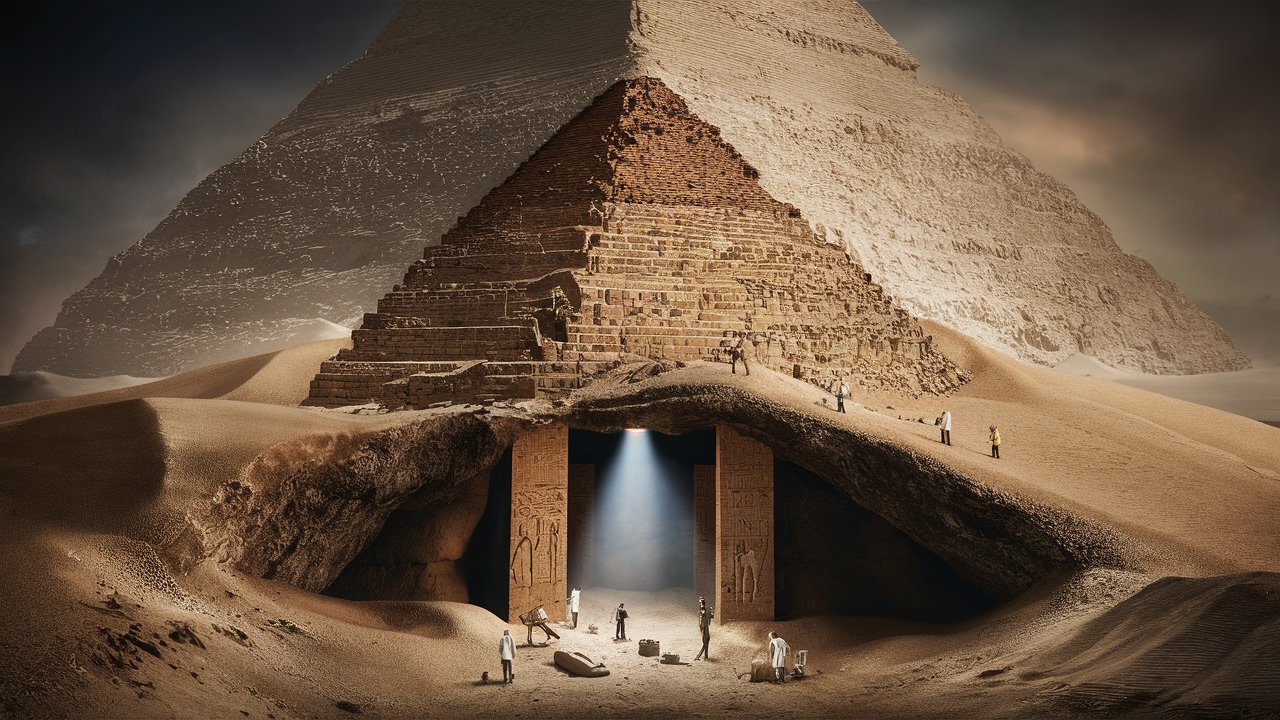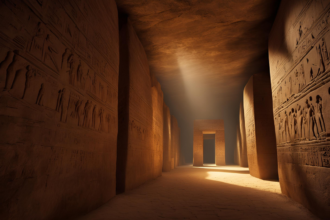The Great Pyramid of Giza is one of the most iconic and mysterious structures in the world. Built over 4,500 years ago, this ancient wonder continues to fascinate historians, archaeologists, and tourists alike. While many are familiar with its grand design and historical significance, recent discoveries have unveiled secrets hidden deep within its structure. These revelations not only challenge our understanding of ancient engineering but also spark new theories about its purpose and construction.
The Secret Chambers
One of the most exciting discoveries in recent years is the identification of hidden chambers within the Great Pyramid. Using advanced scanning technology, researchers have detected voids and cavities that were previously unknown. These chambers are not accessible through traditional pathways, suggesting they were deliberately concealed. The largest of these voids, located above the Grand Gallery, measures at least 30 meters in length. This discovery has led to various theories about its purpose, from being an undiscovered burial chamber to serving a structural function to reduce the weight on the chambers below.
The Mystery of the Void
The void above the Grand Gallery is particularly intriguing. This empty space was detected using a technique called muon radiography, which allows scientists to see inside the pyramid without drilling or damaging the structure. The exact purpose of this void remains a mystery. Some researchers believe it could be a hidden chamber containing valuable artifacts or even the remains of Pharaoh Khufu himself. Others suggest it may have been used to distribute the weight of the massive stones above, ensuring the stability of the pyramid. The discovery of this void has reignited debates and encouraged further exploration to uncover its secrets.
Ancient Engineering Marvel
The Great Pyramid’s construction is a testament to the advanced engineering skills of the ancient Egyptians. Built with an estimated 2.3 million stone blocks, some weighing as much as 80 tons, the pyramid’s construction techniques continue to amaze modern engineers. The precision with which the pyramid was aligned with the cardinal points—north, south, east, and west—is incredibly accurate, with minimal deviation. This alignment demonstrates the Egyptians’ deep understanding of astronomy and geometry.
Transporting the massive stones used in the pyramid’s construction from quarries miles away is another marvel. It is believed that the stones were transported using a combination of sledges, rollers, and lubricated paths. The organization and labor required to move and place these stones with such precision highlight the sophistication of the workforce and the logistical planning involved.
Cultural Significance
The Great Pyramid was built as a tomb for Pharaoh Khufu, but its significance extends beyond its function as a burial site. In ancient Egyptian culture, pyramids were not only tombs but also monumental symbols of the pharaoh’s divine status and his journey to the afterlife. The pyramid’s shape, pointing towards the sky, was believed to facilitate the pharaoh’s ascent to the heavens, where he would join the gods.
The construction of the pyramid also served as a unifying national project, mobilizing thousands of workers from across Egypt. It showcased the pharaoh’s power and the state’s ability to organize large-scale projects. The Great Pyramid, therefore, stands as a testament to the Egyptians’ architectural, engineering, and organizational prowess.
Theories and Speculations
The discovery of hidden chambers and voids within the Great Pyramid has led to a resurgence of theories and speculations. Some fringe theories suggest that the pyramid was built with the help of extraterrestrial beings due to the advanced technology and precise measurements involved. While there is no scientific evidence to support these claims, they highlight the enduring mystery and allure of the pyramid.
Other theories propose that the pyramid was not just a tomb but also a repository of ancient knowledge and a symbol of the Earth’s relationship with the cosmos. Some researchers believe that the pyramid’s design incorporates mathematical constants and proportions that reflect the Egyptians’ understanding of the universe.
Conclusion
The Great Pyramid of Giza remains one of the greatest mysteries of ancient Egypt. Its hidden chambers, incredible construction, and cultural significance continue to fascinate and inspire awe. As technology advances and new discoveries are made, we are likely to uncover even more secrets hidden within this ancient wonder. The Great Pyramid stands as a symbol of human ingenuity, the quest for knowledge, and the enduring allure of the unknown.
Discover more amazing facts about ancient Egypt and other intriguing topics at Facts GK. Subscribe to our newsletter for your daily dose of wonder and knowledge. Join our community of curious minds and stay updated with the latest discoveries and fascinating stories from around the world.















